India has more than 12 percent of the World’s Bird species which comes around to 1263 species. This number was published in ‘A Checklist of the birds of India“, authored by Praveen J, Rajah Jayapal and Aasheesh Pittie. The list is a compilation of all avian fauna, categorised by their English names, scientific names and alternative names.
According to the report, among the bird families, chats, robins, and flycatchers (Muscicapidae) are the most diverse in Indian avifauna (97 species), closely followed by raptors (Accipitridae: 57), and typical babblers, laughingthrushes and allies (Leiothrichidae: 53). Other significant families include ducks and geese (Anatidae), galliforms (Phasianidae), waders (Scolopacidae), gulls & terns (Laridae), woodpeckers (Picidae), finches (Fringillidae), and leaf warblers (Phylloscopidae): each accounting for over 30 species among the Indian birds.
Humayun Abdulali’s checkist of the Birds of Maharashtra (1981 edition) mentions 540 species and subspecies of birds occuring in this state. According to him 442 birds out this are from Mumbai and neighbouring areas of the Konkan including the Western Ghats. Humayun Abdulali was an Indian ornithologist and biologist who was also a cousin of the “Birdman of India”,
Dr. Salim Ali.
My list of Birds of India includes birds observed in Konkan region of Maharashtra. It includes most of the districts – Thane, Mumbai, Raigad, Ratnagiri and Sindhudurg. Part one of this series covers birds found in Sindhudurg district. Most of the birds listed here are commonly found in all the villages of Sindhudurg district. You can easily spot GreenBee Eater, Black Drongo, Cuckoo, White Breasted Kingfisher, Oriental Magpie Robin, Common Myna, Bulbul and Barbets.
Here are some beautiful photos of birds spotted at Shiroda village, Vengurla taluka of Sindhudurg district, Maharashtra.
Green Bee-Eater (Merops orientalis)

Black Drongo (Dicrurus macrocercus)
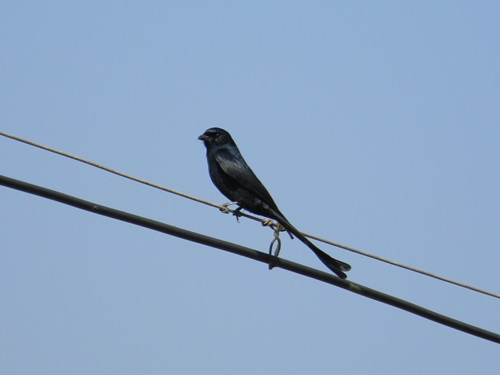
Oriental Magpie Robin (Copsychus saularis)
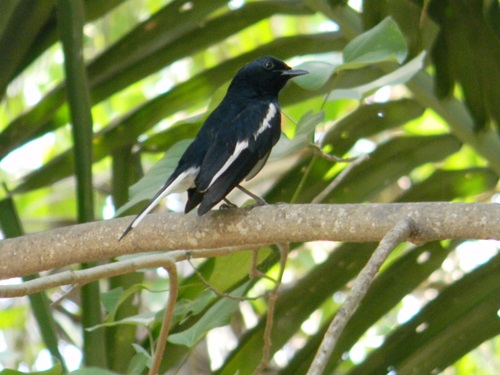
Oriental Magpie Robin (Copsychus saularis)
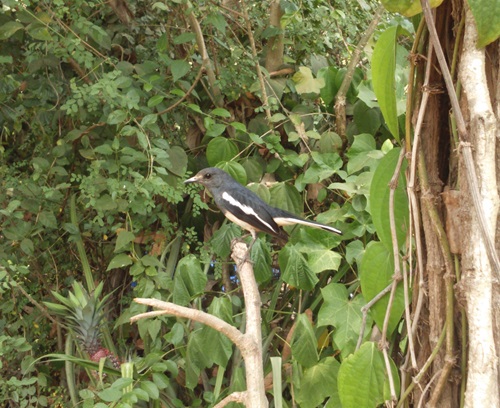
Oriental Magpie Robin (Copsychus saularis)
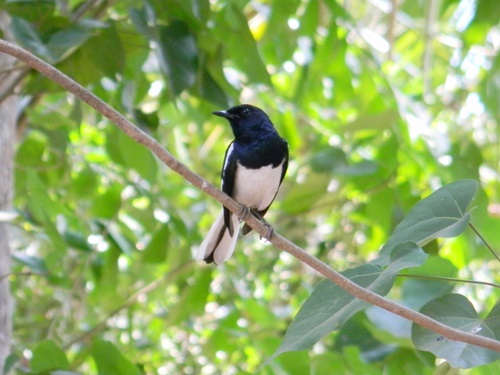
Red-whiskered bulbul (Pycnonotus jocosus)
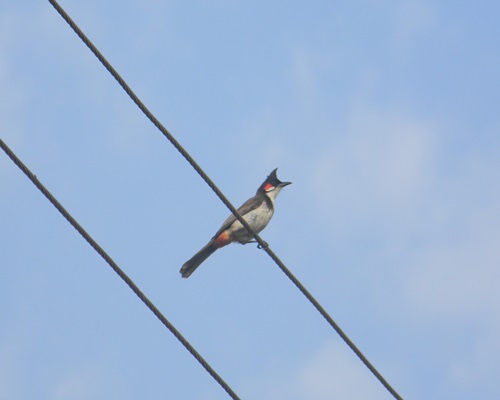
Coppersmith Barbet (Psilopogon haemacephalus)
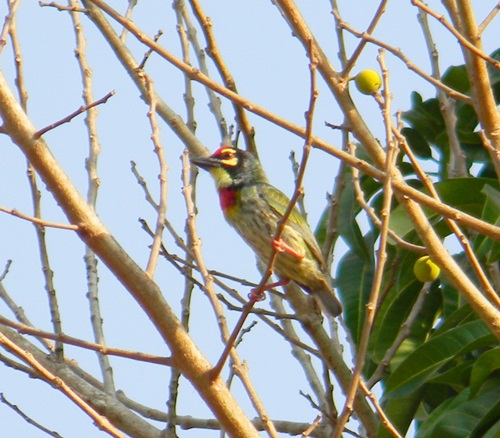
Coppersmith barbet (Psilopogon haemacephalus)
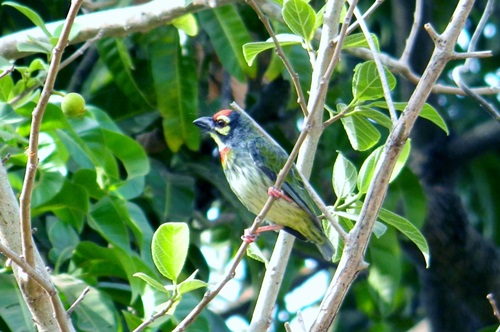
Banded Bay Cuckoo (Cacomantis sonneratii)
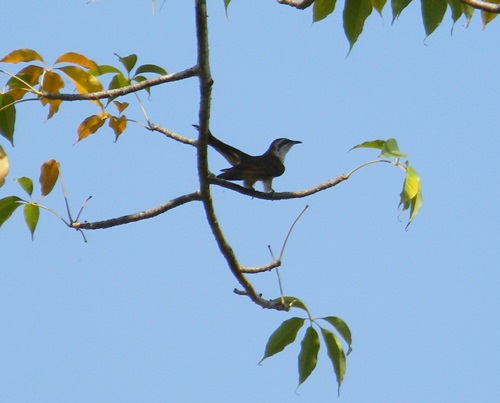
Banded Bay Cuckoo (Cacomantis sonneratii)
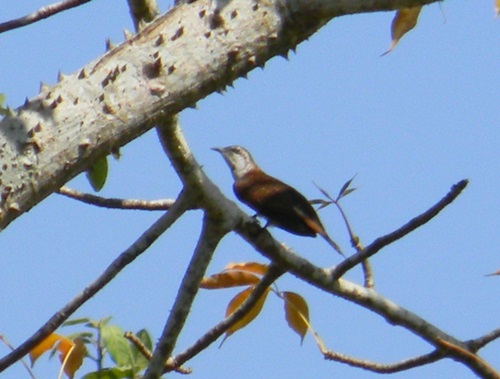
Cuckoo (Female) – (Cuculus micropterus)
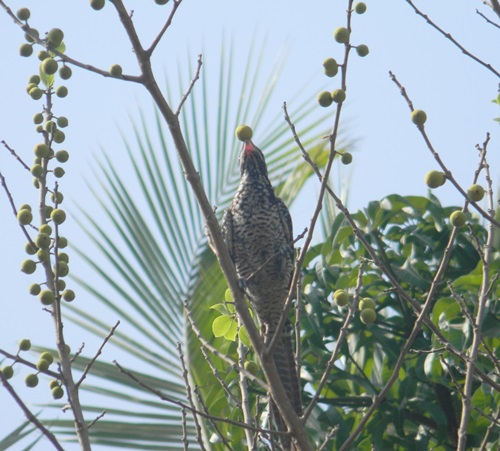
Cuckoo (Female) – (Cuculus micropterus)
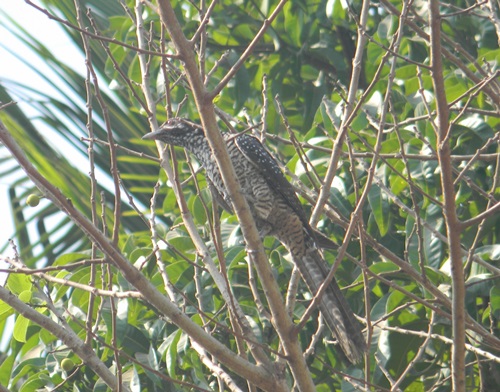
White breasted kingfisher (Halcyon smyrnensis)
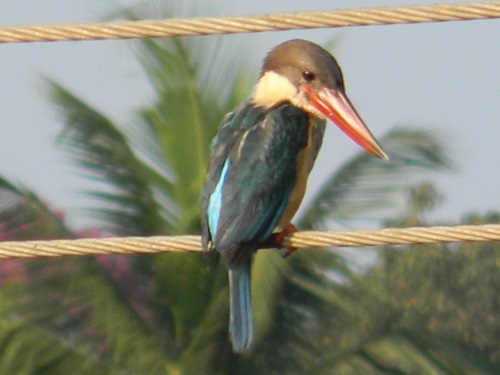
White breasted kingfisher (Halcyon smyrnensis)
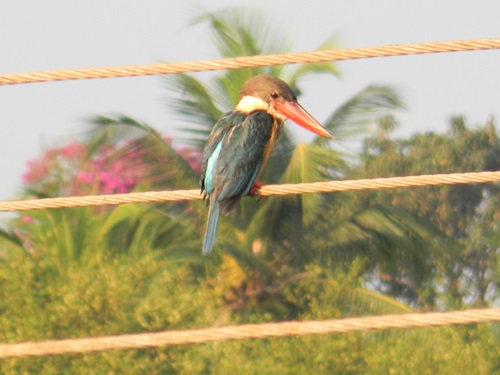
Greater Coucal or Crow Pheasant
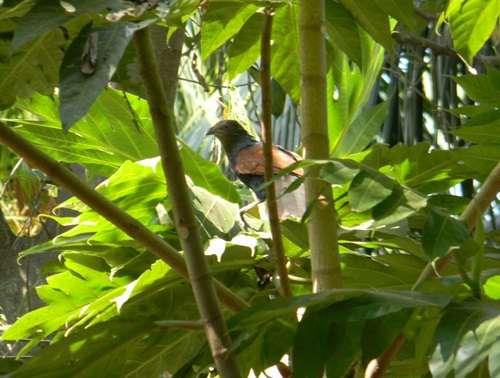
Brahminy kite (red-backed sea-eagle)
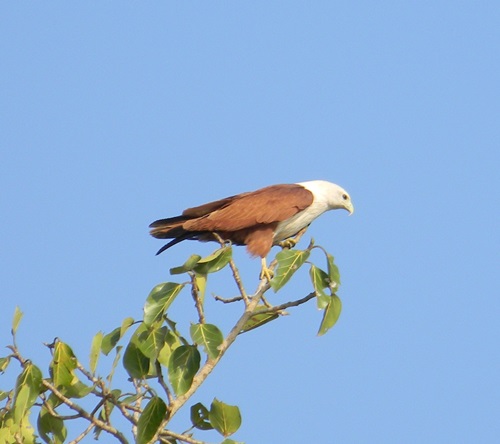
White breasted waterhen (Amaurornis phoenicurus)
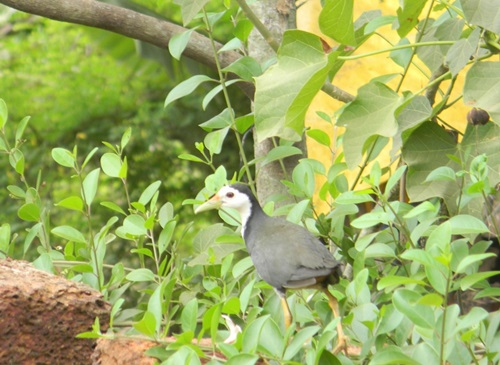
Count so far – 16
1) Green Bee-Eater (Merops orientalis)
2) Black Drongo (Dicrurus macrocercus)
3) Woodpecker
4) White breasted kingfisher (Halcyon smyrnensis)
5) Red-whiskered bulbul (Pycnonotus jocosus)
6) Oriental Magpie Robin (Copsychus saularis)
7) Banded Bay Cuckoo (Cacomantis sonneratii)
8) Coppersmith Barbet (Psilopogon haemacephalus)
9) Brown headed barbet
10) Green Barbet
11) Greater Coucal or Crow Pheasant
12) Brahminy kite (red-backed sea-eagle)
13) Eagle
14) Cuckoo (Female) – (Cuculus micropterus)
15) Red rumped swallows
16) White breasted waterhen (Amaurornis phoenicurus)
References:
1.Indian BIRDS Vol. 11. 5 & 6 (PUBL. 14 July 2016)
2.Birds of the Sahyradri by Mr. Prakash Gole, The Journal of Ecological Society




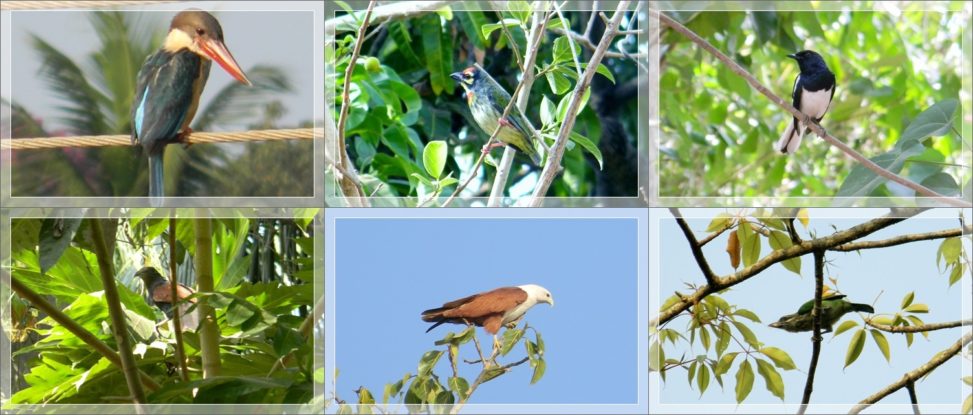
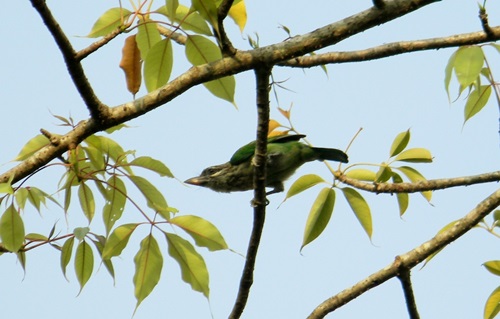
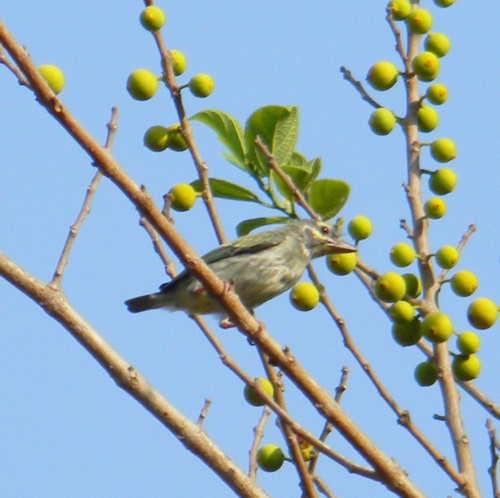
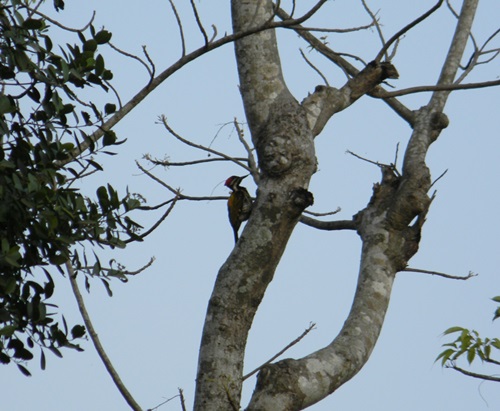
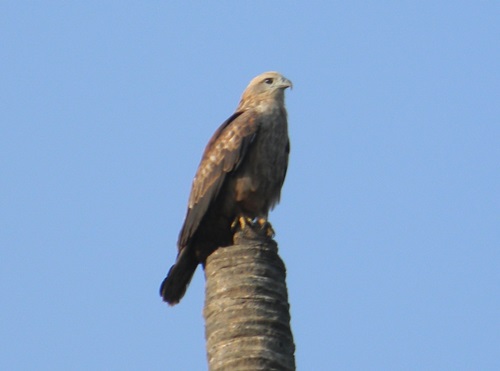
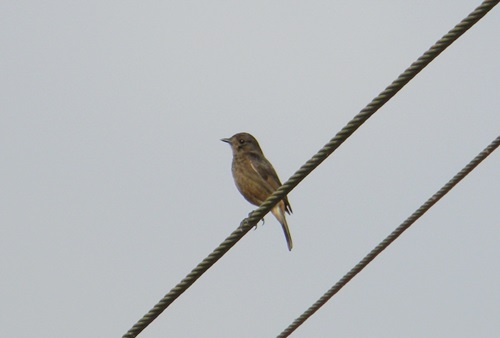
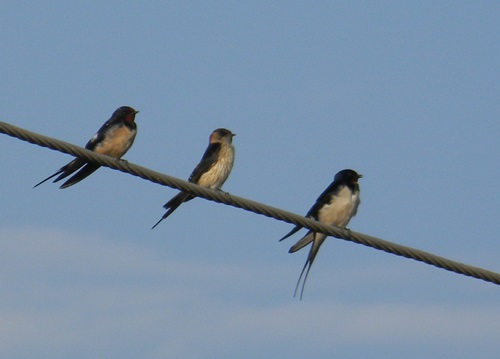
Sachin Baikar
Hi Vipul,
Thanks for your encouraging comments. The Indian Wildlife is a huge area to cover. It includes wide variety of animals and birds in 120+ national parks and 500+ wildlife sanctuaries spread across the country. At present, my focus is on covering ‘Birds of India’. But, I will definitely capture some interesting photos if I get a chance to visit some of these parks and wildlife sanctuaries.